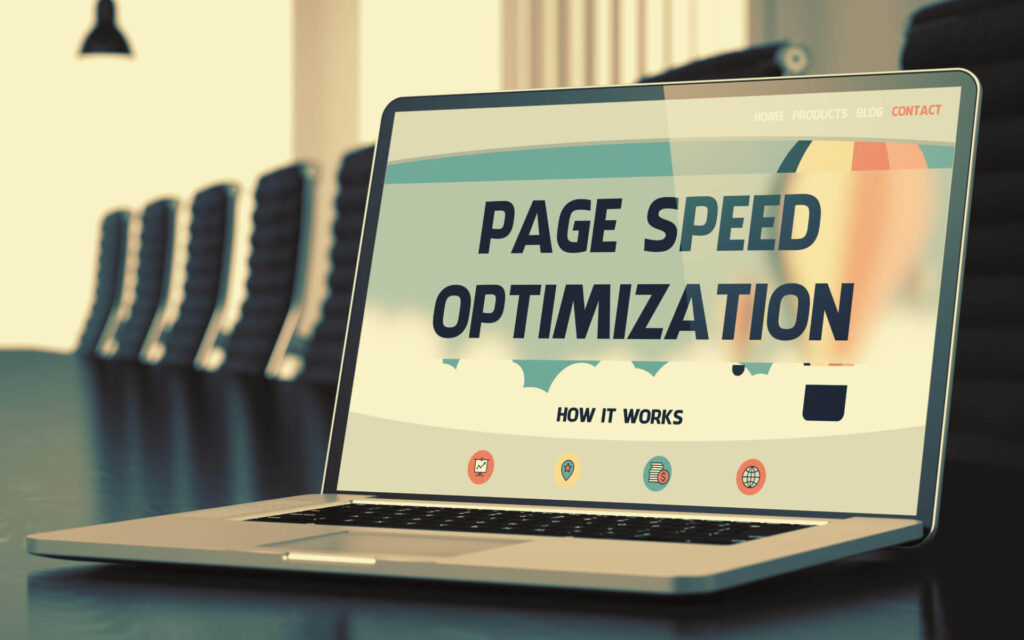Introduction:
In the dynamic world of online presence, website performance plays a pivotal role in user experience and search engine rankings. One critical aspect of performance is Pagespeed Ladezeit Webseite optimieren verbessern, which directly influences user satisfaction and engagement. In this article, we will delve into the significance of website page speed, its impact on user behavior, and practical strategies to optimize it.
Understanding the Importance of Page Speed:
Page speed refers to the time it takes for a web page to load completely. It is a crucial factor that affects user experience, search engine rankings, and even conversion rates. Research indicates that users tend to abandon websites that take too long to load, leading to a direct loss in potential engagement and revenue. Moreover, search engines, like Google, consider page speed as a ranking factor, emphasizing its role in determining a website’s visibility in search results.
Factors Influencing Page Speed:
Several factors contribute to a website’s loading speed, and understanding them is essential for effective optimization. Key factors include:
- Server Response Time: The time it takes for the server to respond to a user’s request significantly impacts page speed. Optimizing server response time involves efficient hosting, server configurations, and content delivery network (CDN) implementation.
- Image Optimization: Large and uncompressed images can significantly slow down page loading times. Utilizing compressed images and lazy loading techniques can help reduce image-related delays.
- Minimizing HTTP Requests: Every element on a webpage, such as images, stylesheets, and scripts, requires a separate HTTP request. Reducing the number of these requests by combining files or using asynchronous loading can enhance page speed.
- Browser Caching: Caching allows browsers to store static files locally, reducing the need to download them on subsequent visits. Implementing effective caching strategies can drastically improve page load times.
- CSS and JavaScript Optimization: Optimizing and minifying CSS and JavaScript files reduces their size, leading to faster loading times. Removing unnecessary code and utilizing asynchronous loading techniques can further enhance performance.
Practical Strategies for Page Speed Optimization:
Now that we’ve identified the factors affecting page speed, let’s explore practical strategies to optimize it:
- Choose a Reliable Hosting Provider: Selecting a reputable hosting provider with fast servers and reliable infrastructure is the foundation of optimal page speed.
- Optimize Images: Compress images without compromising quality, use responsive images, and implement lazy loading to ensure images load only when they are visible to the user.
- Reduce HTTP Requests: Minimize the number of elements on a page, combine files when possible, and utilize browser caching to reduce the need for repeated downloads.
- Enable Compression: Enable GZIP compression to reduce the size of your website files, making them quicker to load.
- Utilize Content Delivery Networks (CDNs): CDNs distribute website content across multiple servers globally, reducing latency and improving load times for users worldwide.
Conclusion:
In conclusion, optimizing website page speed is a critical aspect of enhancing user experience and maximizing online success. By understanding the factors influencing page speed and implementing practical strategies for optimization, website owners can ensure their sites load quickly and efficiently, leading to improved user satisfaction, higher search engine rankings, and increased conversion rates.

More Stories
Enjoy Yourself: Nearby Attractions of Comfort Inn Las Vegas Hotels
Shopping Shoe store – What you must Know To sort it out
The Best Wholesale Mods to Sell to Beginners